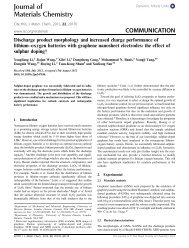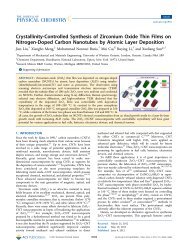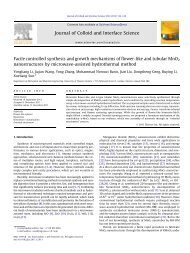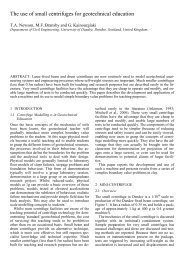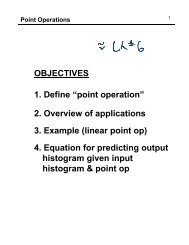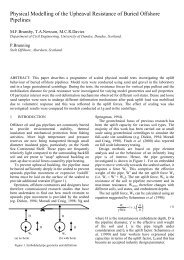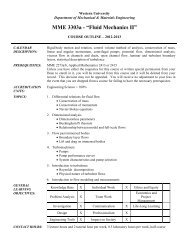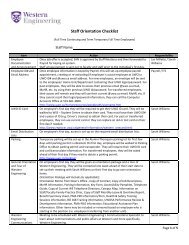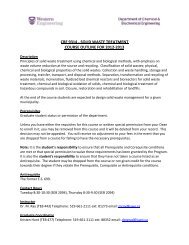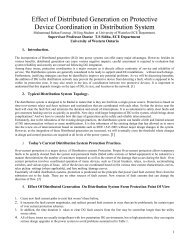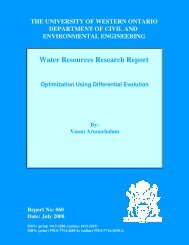Seismic Behavior of Gravel Drains and Compacted Sand Piles using ...
Seismic Behavior of Gravel Drains and Compacted Sand Piles using ...
Seismic Behavior of Gravel Drains and Compacted Sand Piles using ...
Create successful ePaper yourself
Turn your PDF publications into a flip-book with our unique Google optimized e-Paper software.
Figure 15. Foundation settlements observed in different tests<br />
In all <strong>of</strong> the tests regarding the ten second shaking period, most <strong>of</strong> the foundation settlements occurred during shaking,<br />
<strong>and</strong> a smaller portion <strong>of</strong> the total settlement was caused by post-shaking soil reconsolidation due to excess pore water<br />
pressure dissipation. The less efficiency <strong>of</strong> gravel drains can be realized by comparing these two phenomena that excess<br />
pore water pressure was reduced mostly after shaking <strong>and</strong> most <strong>of</strong> the settlement occurred during shaking. However,<br />
more recently, gravel drains have been used to reduce post-earthquake settlements resulting from soil consolidation due<br />
to excess pore pressure dissipation <strong>and</strong> secondary liquefaction (EERC, 1997).<br />
NUMERICAL RESULTS<br />
The numerical analysis presented in figures 16-18 illustrate that the numerical method was only able to predict the excess<br />
pore pressure ratio correctly in test O. In the other tests <strong>using</strong> gravel drains <strong>and</strong> compacted s<strong>and</strong> piles, the computed<br />
excess pore pressure ratios were much smaller than the measured values. However the trends in each test were predicted<br />
correctly i.e. the excess pore pressure ratios in deeper layers were larger than those in shallower layers.





